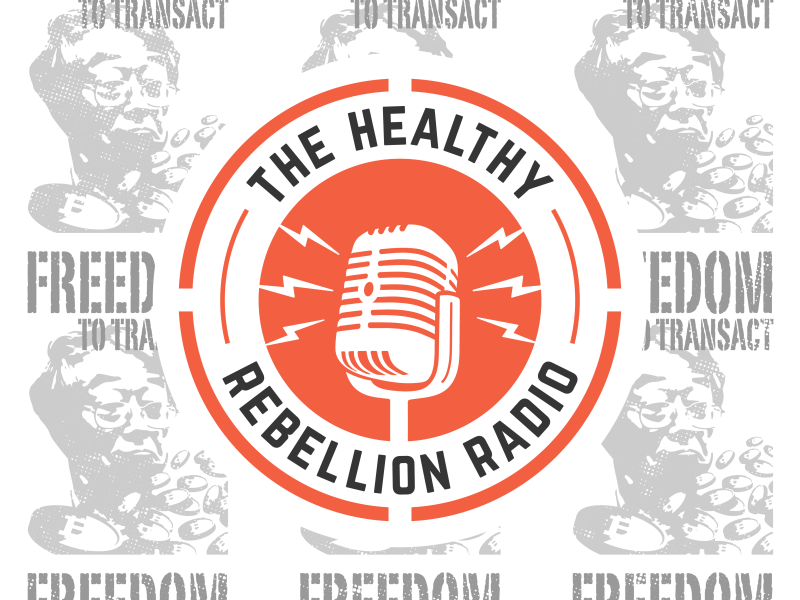I know a lot of chicks who do not have
their period. Most of whom aren’t looking to get pregnant yet, so they don’t
really see it as much of an issue. Some even see it as a blessing. I get that. Periods are a little inconvenient.
They are messy. They hurt. BUT they play an important role in our health. As
women, getting a regular, monthly period signals that our menstrual cycle is
healthy, our hormones are working as they should be and we are capable of
reproducing, if we so wish. Our period, in a way, is the canary in the coal mine.
| Image by Manita Brug via Pinterest |
I often refer to my period problems as
“hypothalamic amenorrhea” (HA), which is basically a diagnosis of exclusion. I don’t
have PCOS. I don’t have a tumour on my pituitary gland. I don’t have a physical
problem with my ovaries. I do have a problem with the message getting from my
brain to my ovaries to produce sex hormones. Another term for this whole biz is the “Female Athlete Triad” – FAT (or lack there of it, in this case). FAT refers to
a constellation of 3 clinical entities:
- Menstrual dysfunction
- Low energy availability (with or without an
eating disorder). When I say “energy availability”, I am referring to the
amount of energy left over for all of your bodily functions after taking
exercise into account. If you are eating 2000 calories per day and “burning” 2000 calories per day, you’re in trouble! - Decreased bone mineral density
Today I’m going to focus on the third point
as this applies to all females, regardless of whether they want to make babies
or not. I am pretty sure none of us wants a fractured hip before they hit their
40’s (which, scarily, is a more common occurrence than one would think). It’s a bit of a long post, but incredibly important (and filled with loads of fun science. You know you love it). If you’re time-short, just read the bold points and then take some action.
 |
| Image by Alec Paloumpis via Pinterest |
In February last year, I had a DEXA scan,
which revealed my bone mineral density (BMD) was less than optimal. My
response: Oh. Fuck. Considering my peak bone mass had already been obtained and
I would start to lose BMD in less than 2 years, this was not the easiest thing for me to process. So I didn’t. I
focused more on the infertility side of things instead, because that was what I
was more concerned about at the time.
Let’s back up a bit. Why does amenorrhea
cause bone loss? It’s a little bit sciency, but I think you can handle it.
Maybe a picture will help? Here you go. Just look at the right hand side. The
left hand side is a talk for another day.
In a normal, fully-functioning, female,
part of the brain (the hypothalamus) will
release something called Gonadotropin Releasing Hormone (GnRH). You can think
of this in 2 parts to make more sense: “gonad” = ovaries, “tropin” =
increase/stimulate. So GnRH signals to the pituitary gland (also in the brain)
to “release” gonadotropins. These are Follicle Stimulating Hormone (FSH) and
Luteinising Hormone (LH). FSH and LH then stimulate the ovaries to produce and
secrete sex hormones (namely estrogen and progesterone) in a cyclic manner.
is thrown all out of whack due to stress, too low body fat and/or not enough
food to play with. As a result, down yonder in the ovaries, no message comes
through to produce sex hormones, so they go on vacation. Ergo no estrogen. No
progesterone. And, often, no testosterone. Boo. While all of this is pretty
crappy, the bone complications come about due to the lack of estrogen, termed
“hypoestrogenism”. Big words today, people. Are you still with me?
Why is estrogen important in bone health? I
am going to simplify this with a list, given that your brain might be
overloaded a bit already:
- Estrogen stimulates bone formation
- Estrogen suppresses bone resorption
(whereby bone is broken down and the minerals are released, resulting in a
transfer of calcium from bone to blood) - Estrogen inhibits osteoclast activity
(osteoclasts break down bone, as opposed to osteoblasts, which build bone) - Estrogen is responsible for the expression
of vitamin D receptors i.e. it plays a role in vitamin D actually doing its job
in helping to build bone
Now, the process of bone breakdown and
formation is incredibly complex, but this hopefully gets my point across –
estrogen is important for bone health. No estrogen, no bones. Well, not really.
You probably won’t turn to mush.
45-50% of our peak bone mass is formed
during puberty. By the time we are 18, we will have reached ~90% (unless you
have HA/FAT when you’re a teenager – then the picture ain’t so pretty). From
the age of 30, if all is working well, we will lose ~1% of our BMD per year.
HOWEVER…
If you have HA/FAT, the rate of bone loss is similar to that seen in
menopausal women: ~5% per year. That is 5 times greater bone loss than we
should be losing!
Maybe go and hang out at a geriatrics ward and take a look at what recovery
from a hip fracture looks like.
back) BMD of [runners with amenorrhea] was found to be lower than the BMD of an
average 50 year old woman”
findings, just in case that is not enough to get you out of your whole “it’s
convenient to not have a period” funk:
amenorrhea is most likely irreversible. I repeat – irreversible. You can take
all of the calcium supplements you want, but you probably won’t get it all
back. You might get some, if you are very serious about making
some changes.
of 21.8 years with functional hypothalamic amenorrhea had reduced bone mass
throughout the whole skeleton.
amenorrhea is negatively correlated with BMD. Read: the longer you have no
period, the shittier your bones will be. Read: go and do something about it
NOW!
I had my DEXA, the lady said “you should do some more weight bearing exercise”.
No shit Sherlock. I’m a personal trainer, group fitness instructor and I have
been doing weight bearing exercise all of my life. But thanks for your input.
contraceptive pill) is not sufficient if satisfactory nutritional status is not
achieved. There is no magic bullet, ladies. You have to do the ground work and
fix the underlying cause.
only get worse with time. If you have had amenorrhea for more than 6mths, get a
DEXA scan to see how your BMD is looking. Then get another one every year
after.
than I like to admit. I am in the process of writing a book about this now,
which will take some time, but I am committed to the cause. Read my other posts on hypothalamic amenorrhea
as a start – HERE, HERE, HERE and HERE. Yep, there are a few of them. And there will be more, but I am moving from focusing about me to focusing about YOU!
exercising less, but still do some exercise. Yoga is great for bringing
everything back into balance. Weight training, in small to moderate amounts, is
good for helping with bone and muscle strength.
Don’t run. Don’t do more than 30mins of cardio at any given time. Just
don’t. Research has shown that just 20 minutes of quiet standing on a vibration
platform can decrease and prevent bone loss. And it feels pretty good – it shakes
your body awake!
there, friends. Please share this with anyone who you think might benefit from
it. Our skeleton is pretty important.
Let’s make sure we don’t lose it before our time. PS have you checked out the Thyroid Sessions yet? They are pretty awesome, and free for a limited time. Fun fact: thyroid problems can cause amenorrhea. Click HERE to watch now.
Studies used in writing this post:
- Constantini, NW. & Warren, MP. (1994) Special problems of the female athlete, Bailliere’s Clinical Rheumatology, Vol 8, Iss 1, pp199-219
- Ackerman, KE. et al (2012) The Female Athlete Triad, Sports health, Vol 4, Iss 4, pp 302 – 311
- Deimel, JF. & Dunlap, BJ. (2012) The Female Athlete Triad, Clinics in Sports Medicine, Vol 31, Iss 2, pp 247 – 254
- Nissenbaum, JT. (2013) Long term consequences of the female athlete triad, Maturitas, Vol 75, pp 107-112
- Pludowski, P. et al (2012) Skeletal status and body composition in young women with functional hypothalamic amenorrhea, Gynecological Endocrinology, Vol 28, Iss 4, pp 299-304




